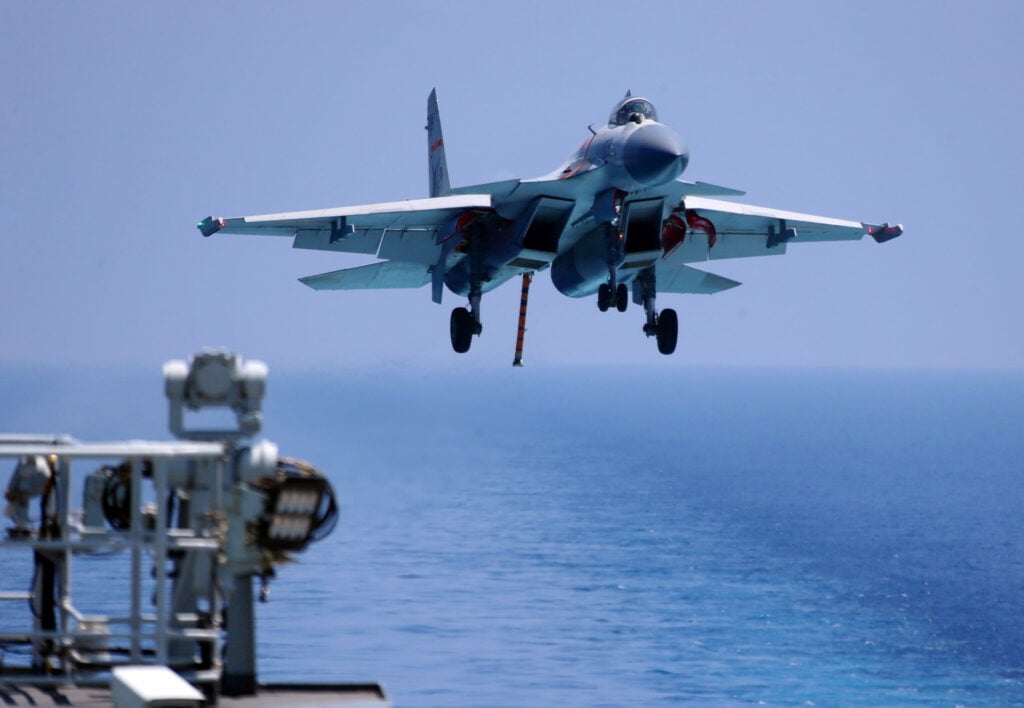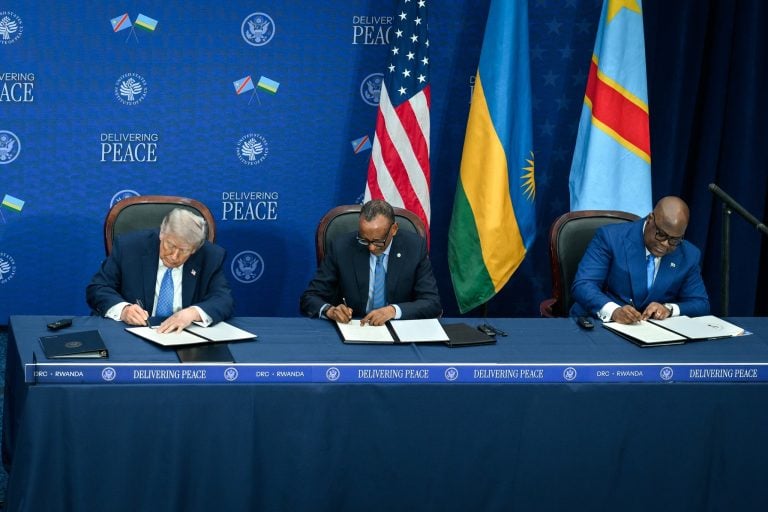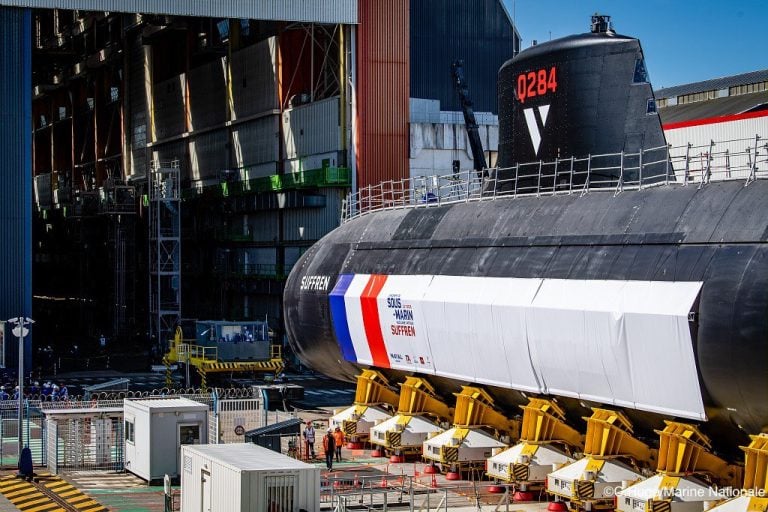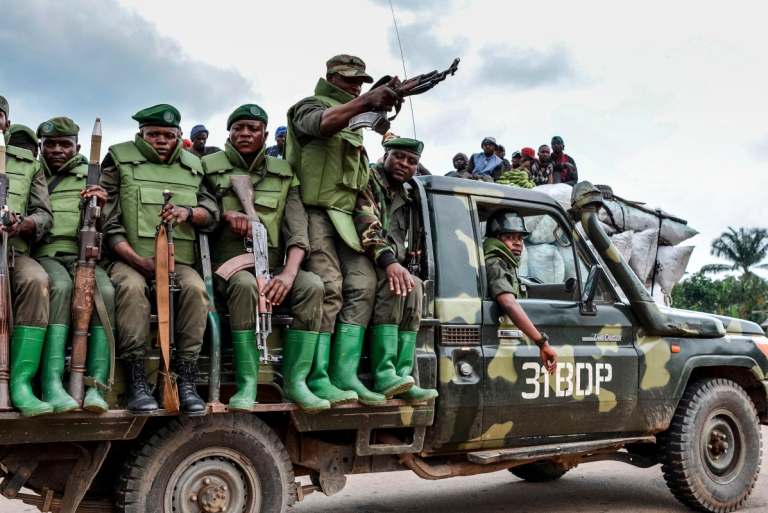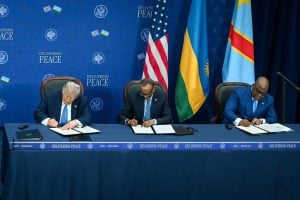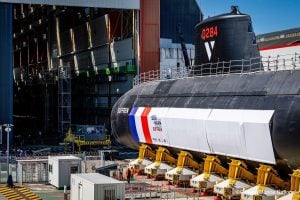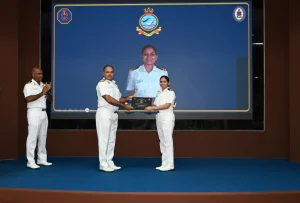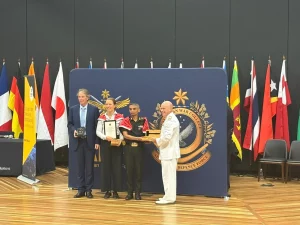Tokyo has raised alarms regarding a recent incident involving Chinese fighter jets that approached a Japanese military patrol plane at an unusually close distance. The tension arises in the backdrop of two Chinese aircraft carriers reportedly sailing simultaneously in the Pacific, marking a significant military maneuver within Japan’s economic waters.
According to a spokesperson from Japan’s defense ministry, this proximity constitutes a serious concern. Over the weekend, a Chinese J-15 fighter jet from the Shandong aircraft carrier shadowed a Japanese P-3C patrol plane for a duration of 40 minutes on Saturday. The following day, two additional J-15 jets engaged in a similar tactic, closely trailing the Japanese aircraft for around 80 minutes. The Japanese military reported that these jets came alarmingly close—within just 45 meters—flying at the same altitude as the P-3C on both occasions.
On Sunday, this close approach culminated in a dangerous maneuver where the Chinese jets crossed about 900 meters (approximately 2,950 feet) ahead of the Japanese patrol plane, a distance that could be covered in mere seconds by the P-3C at cruising speed. Japanese officials cautioned that such abnormal approaches pose risks of accidental collisions, prompting Japan to formally express its concerns to the Chinese government. This communication included outreach to Wu Jianghao, China’s ambassador to Japan, with a request to prevent future incidents.
Top government spokesman Yoshimasa Hayashi reinforced Japan’s commitment to monitoring airspace and protecting national territory. He affirmed that while the Japanese military has not experienced injuries during these encounters, the government remains vigilant and will maintain dialogue with Chinese officials at multiple levels to mitigate tensions.
The last recorded proximities of this nature occurred several years ago, in 2014, when Chinese Su-27 fighter jets approached Japanese military aircraft within 30 meters in the East China Sea. That episode similarly resulted in diplomatic strains, including the summoning of the Chinese ambassador amid a flurry of accusations.
Experts are weighing in on the geopolitical implications of these developments. Daisuke Kawai, who directs the University of Tokyo’s economic security and policy innovation program, suggested that the timing of these aircraft carriers’ movements may coincide with current US-China economic tensions, positing that Beijing might perceive this as a strategic moment to showcase its military strength.
As Japan continues to enhance its defense posture, the increasing frequency of encounters with Chinese military assets raises significant questions about regional stability and security in the Pacific.
